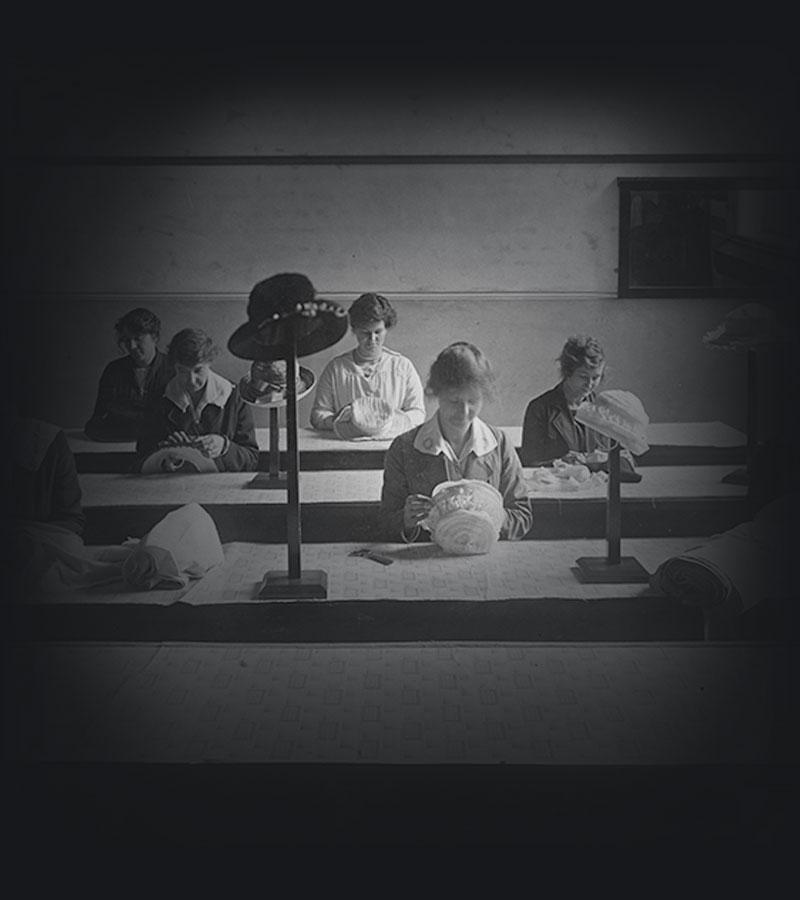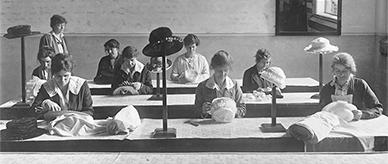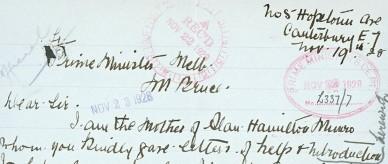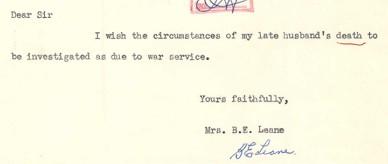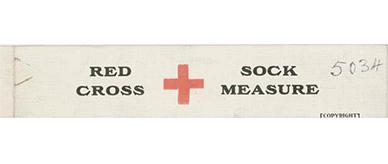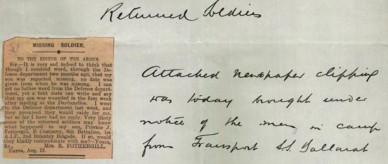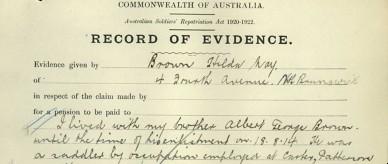When the First World War (WW1) ended, it left a devastating legacy of grief. Around 155,000 injured veterans returned to Australia, bearing the physical and mental scars of war. The Repatriation Department was established to aid their return to civilian life. The department established vocational training schemes and employment programs, provided medical care, administered pensions and also supported dependants of veterans. Its work was supported by charities and community organisations.
However, it was the women and the families of injured veterans who took on the bulk of the day-to-day care. The authorities at the time did not realise just how vital this role would be, with women and families supporting their veterans’ physical, emotional and social well-being.
Curriculum areas
- Year 9 History
- Year 11 History
- Year 12 History
Questions
- What challenges did women and families face when those who served in WW1 returned to Australia?
- What were the ongoing struggles faced by women and families with relatives who were listed as missing in action or who were buried overseas?
- How did the government, charities and community groups help women whose loved ones had died or were badly injured as a result of WW1?

